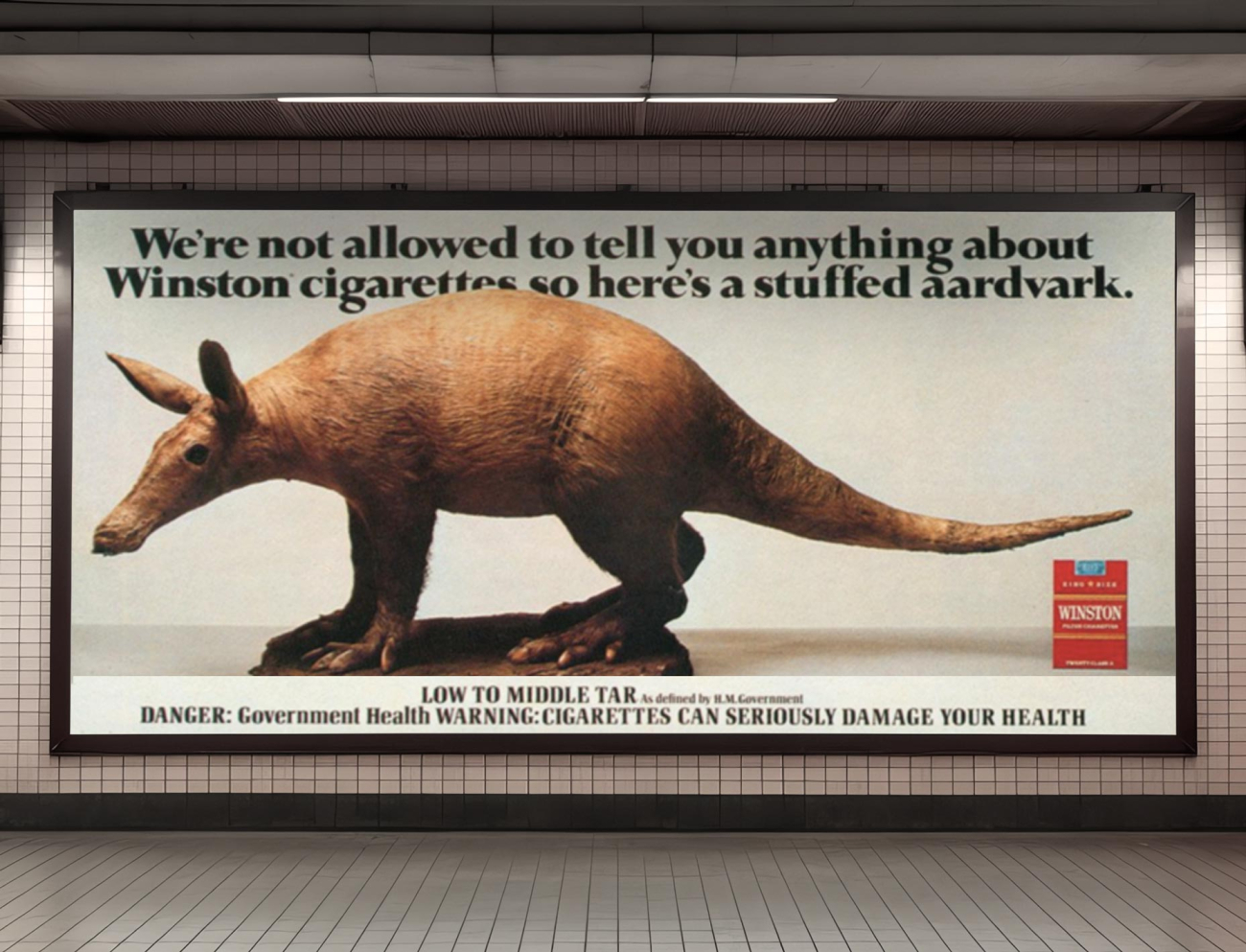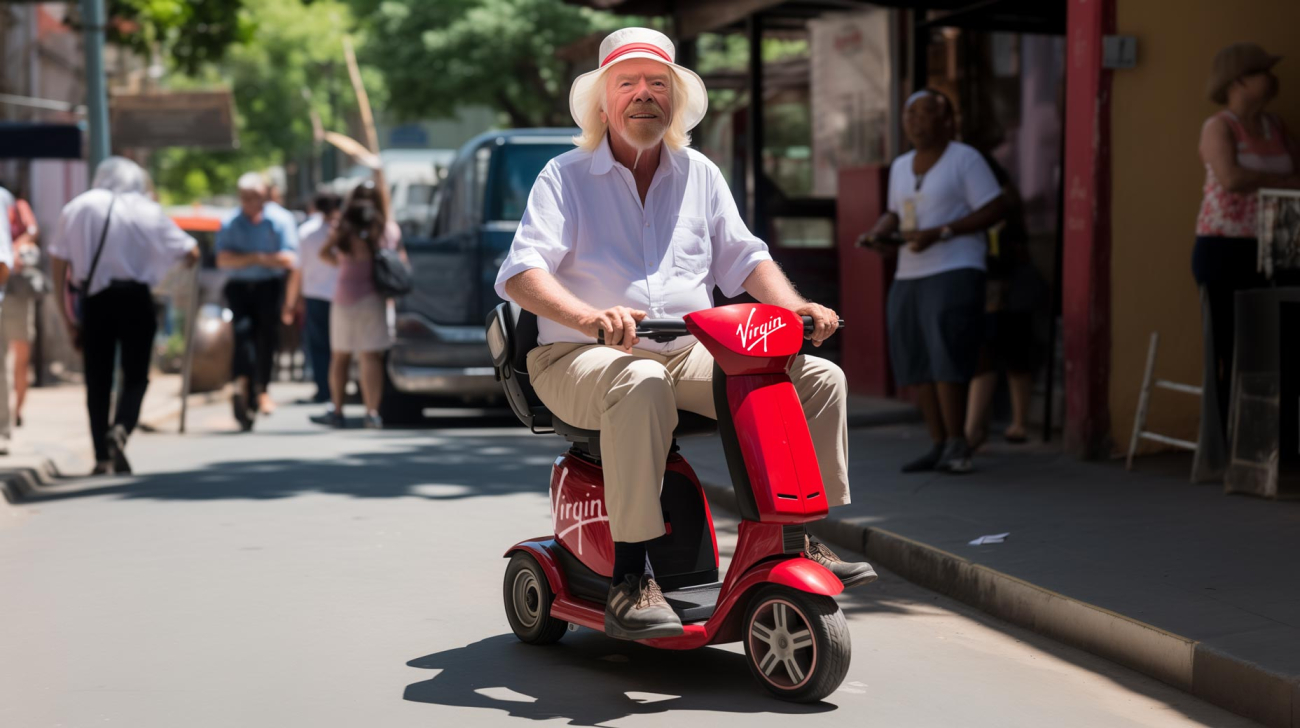Some brands easily stretch into new categories, others don’t. And I know why
The world’s most successful brands share one thing in common: they are all stretchy. Apple started life as a computer company. Now Mac sales are eclipsed by phones, services, home products and accessories. Lego was a carpentry workshop. Toyota used to make looms for weaving. And Wrigley’s sold soap long before it sold chewing gum...
The world’s most successful brands share one thing in common: they are all stretchy.
Apple started life as a computer company. Now, Mac sales are eclipsed by phones, services, home products and accessories.
Lego was a carpentry workshop.
Toyota used to make looms for weaving.
And Wrigley’s sold soap long before it sold chewing gum.
The world’s greatest brands aren’t tied to a single product or category. They can leap successfully and seamlessly into new areas. This is rarely a matter of simple luck. More often than not, it’s the result of careful planning and execution. And this boils down to knowing where and how to stretch.
Knowing where to stretch is about telling the difference between the areas your brand could stretch into and those it should. This means more than identifying a commercially attractive market or category:
‘Let’s get into DTC!’
‘Circular economy!’
‘Wellbeing!’
‘Bubble tea!’
The blind pursuit of growth creates inconsistent and confusing brands. Instead, great brands consider what they could be great at doing: how does each stretch opportunity fit with their mission (or purpose), their culture and their capabilities? Brand stretch is most likely to succeed when it fits your long-term vision and involves playing to your strengths.
Knowing how to stretch is equally important. Brands that are truly great at stretching tend to cultivate a very specific style. They do this by applying a common set of principles to any category they compete in. Dieter Rams’ ten principles for good design are a great example: during the forty-or-so years he spent at Braun, these helped the brand grow into categories as diverse as whisks and calculators in a way that felt single-minded, seamless, and intuitive. Every product that bore the Braun name expressed the same idea and principles, irrespective of the category or competition.
This single-minded approach allows brands to stretch across seemingly unrelated categories. No matter where they show up, they are always recognizable because they bring the same ethos to bear. Great brands know how to stretch in their own unique style.
It’s easy to point to examples of past success to illustrate these points: Apple, Lego and Braun come easily to mind, but the true test of a theory is whether it can be used to identify future stretch opportunities. With this in mind, we’ve applied where and how thinking to provoke ideas for how some of our favorite brands might stretch in future.
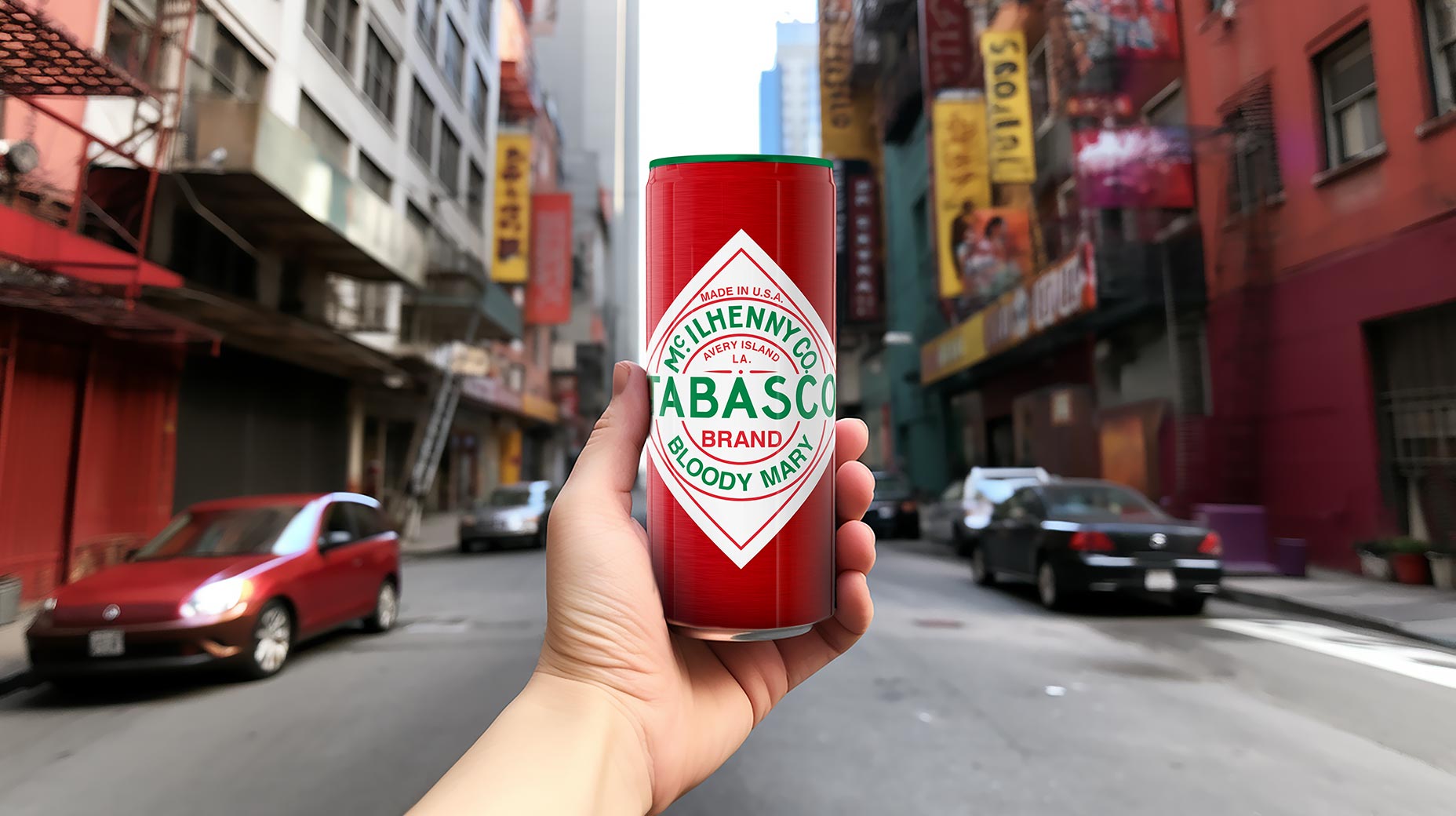

Tabasco is synonymous with the Bloody Mary: the hangover cure owes its success more to this spicy sauce brand than any tomato juice brand. Tabasco is an iconic brand with an iconic label: this design is a no-brainer.
Tabasco: bringing some zing to ready-to-drink (RTD) alcoholic beverages
Drinks consultancy IWSR estimates that the US RTD market alone is worth $36.52bn and is expected to grow at an annual rate of over 11% for the next eight years. Although hard seltzers and kombucha have been grabbing headlines, premixed cocktails are also fueling the growth, driven by the desire for variety and flavor. The Tabasco brand is positioned around the idea of ‘bringing out originality,’ and this seems particularly apt in the case of Bloody Mary premixed cocktails, which the brand is already a vital part of Tabasco-branded Bloody Marias are a small leap from where the brand already is. A Tabasco-branded range of fiery cocktails is only a small step further.
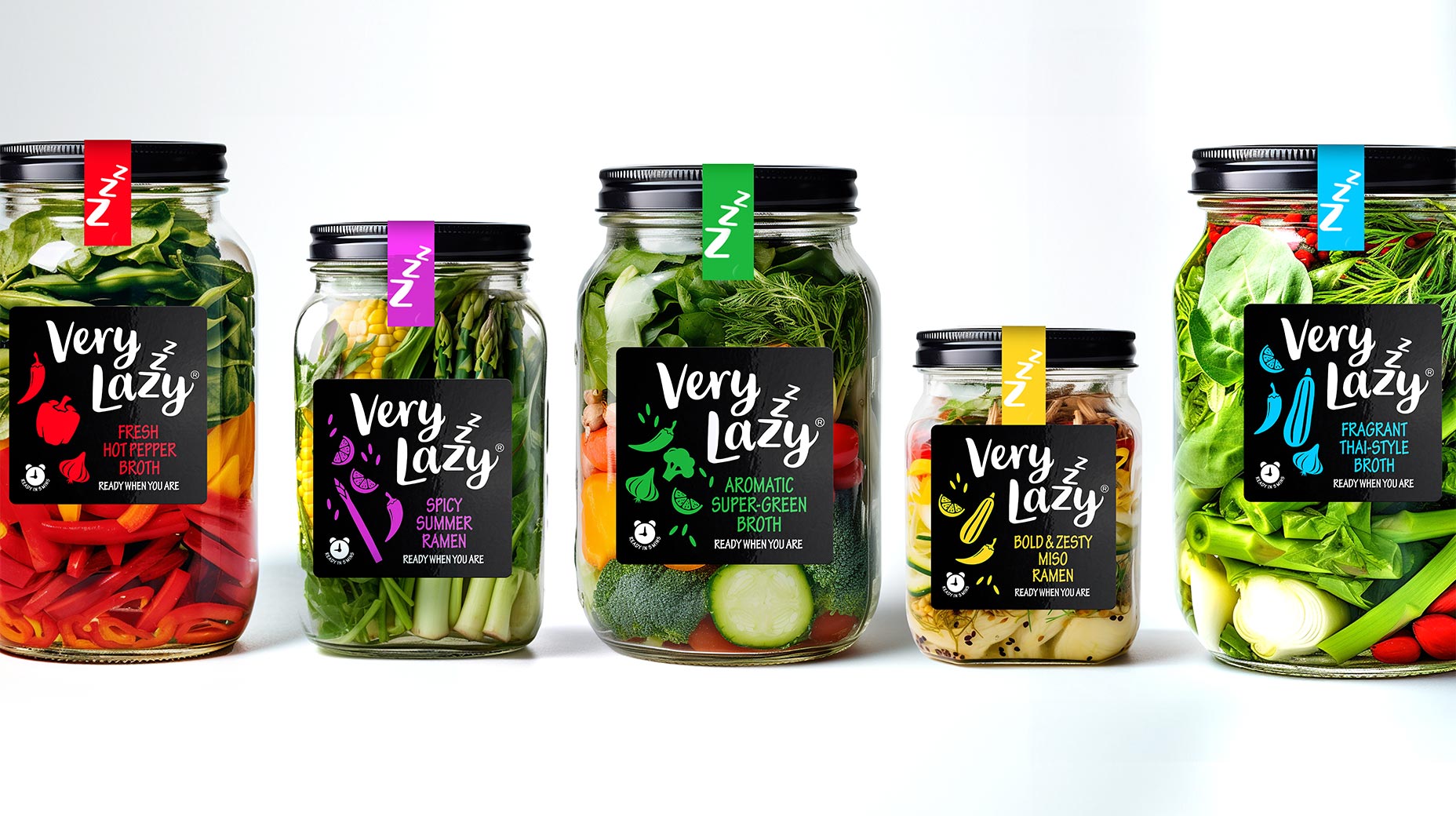

Very Lazy is all about little jars of convenience with square labels, black lids, and a relaxed hand-drawn aesthetic. It’s easy to overlook the importance of the glass pack, which suggests transparency and product integrity. We’ve taken this notion one step further by scaling up the pack to showcase each meal kit’s ingredients’ vibrancy, freshness, and color.
Very Lazy: meal kits for the masses
According to Barclaycard Payments, 10% of the British population ordered a meal kit for the first time during the UK’s national lockdown at the start of 2021. At the same time, the ready meal market is significant but in long-term decline: estimated at £3.9bn in 2022, but shrinking at a rate of around 0.3% per year over the last five years. There’s an opportunity for a meal kit brand that offers the convenience of store-bought ready meals with the flavor and feelgood of subscription meal kits like HelloFresh and Mindful Chef… But without the need for a subscription.
And Very Lazy could be just the brand: it prides itself on ‘MAXIMUM FLAVOUR with MINIMUM FUSS,’ which is a natural fit with meal kits. The brand’s mission is to get more people cooking, regardless of where they are on this journey, so replacing store-bought ready meals with store-bought meal kits could be a perfect stretch.
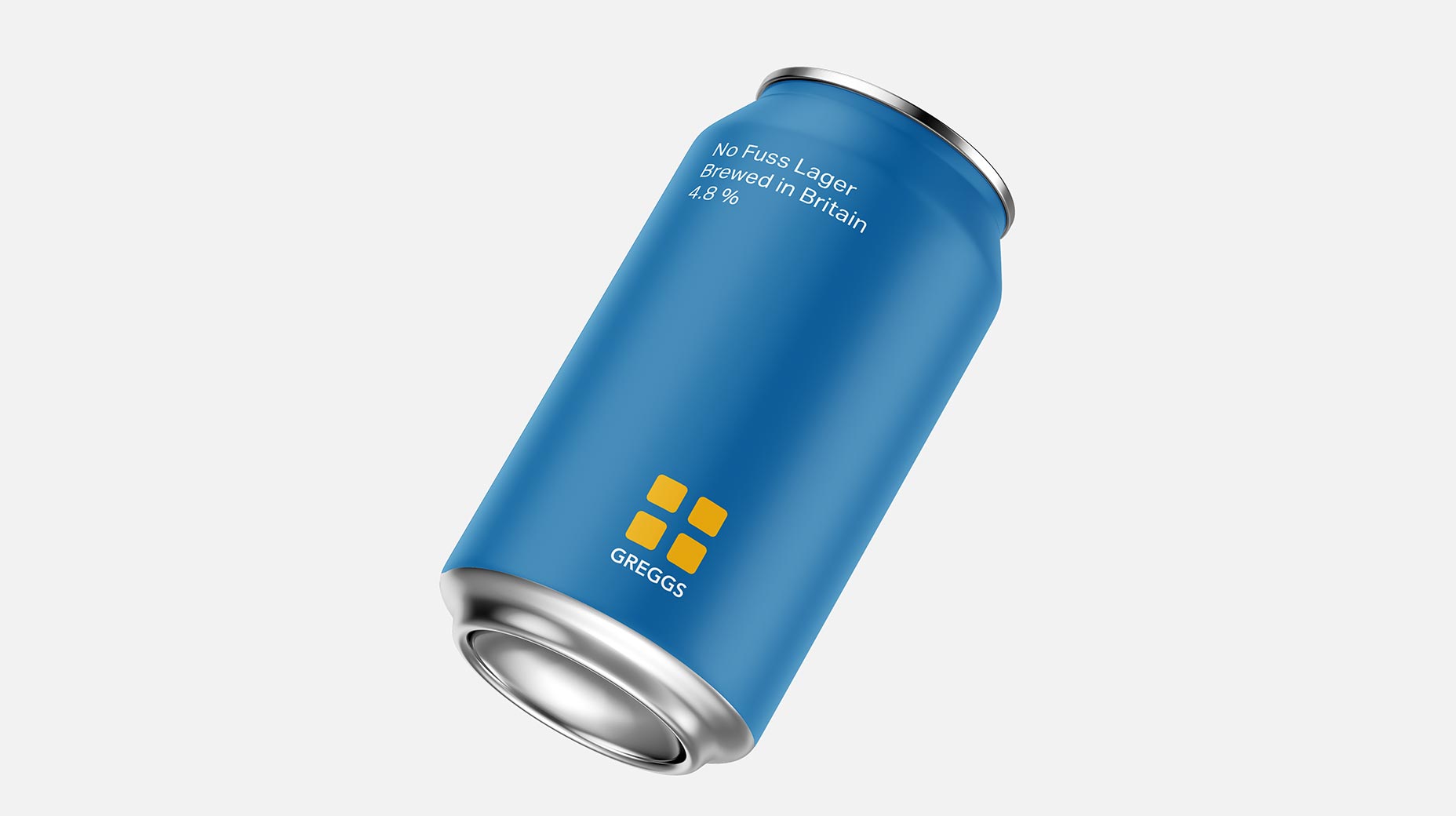
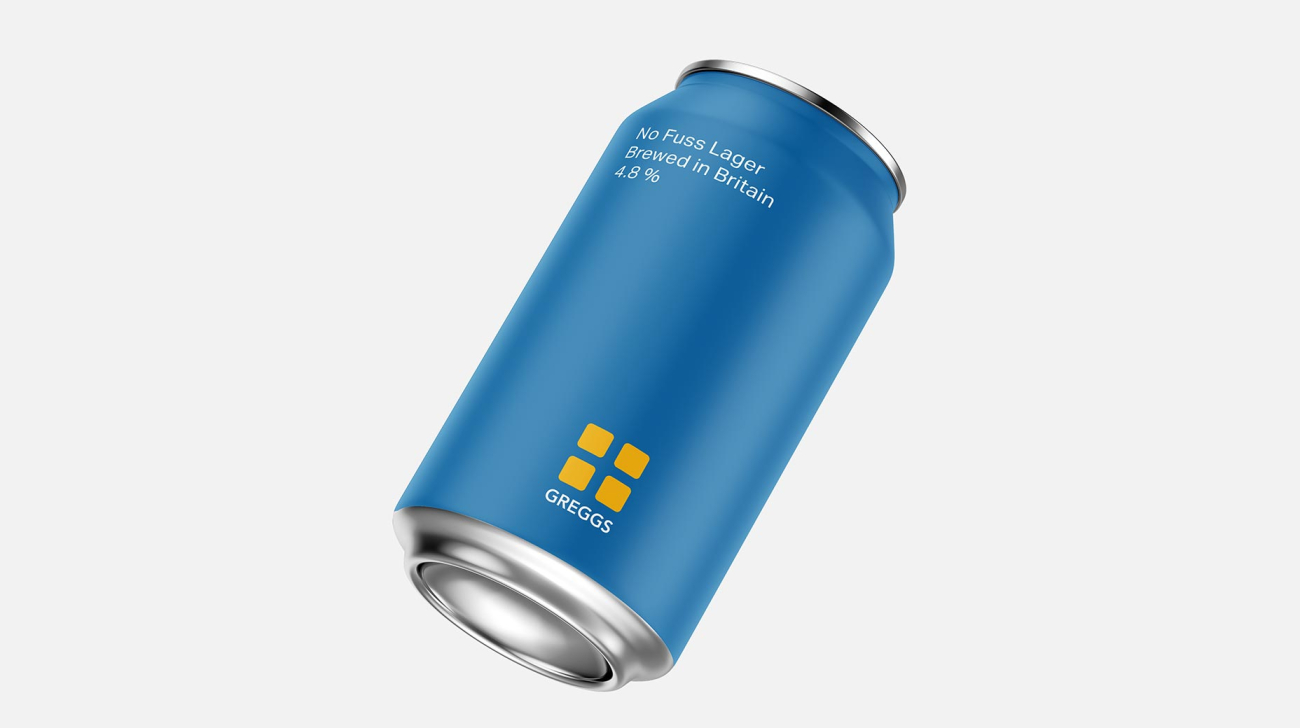
Greggs has a simple, clean, no-frills aesthetic. So if Greggs launched a lager, the packaging would surely follow suit. And it’s Greggs - so obviously it will taste good! Although London media types wouldn’t contemplate drinking anything that’s not a premium world lager, the bulk of the UK market is mainstream.
Greggs: reassuringly inexpensive beer
Carling was the UK’s leading lager brand in 2022 with sales of £1.3bn, well ahead of Moretti (£937m) and Peroni (£836m). Most lager drinkers aren’t snobs. Despite this, innovation in the market is firmly focused on the high end: new brands like Madri trade on premium, European imagery. At the same time, there’s a constant stream of craft innovation at the top end of the market.
So, what’s going to excite the honest-to-goodness, down-to-earth lager drinker? Greggs is perfectly primed: the brand has always stuck up for the hard-working person on the street, from free ‘pie n peas’ suppers for aging Geordies in the 1960s to free breakfasts for schoolkids today: it’s all about the little guy. ‘Accessible to everyone no matter where you live or how much is in your wallet’ is a key part of Greggs’s purpose.
And the brand is undeniably innovative: we’re talking vegan sausage rolls and Fairtrade coffee. The brand cares passionately about quality, so we should emphasize that this isn’t just a cheap lager (although, of course, it’s going to be reasonably priced) but carefully developed to be the perfect complement to a sausage roll or a cornish pasty, like Cobra is to curry.
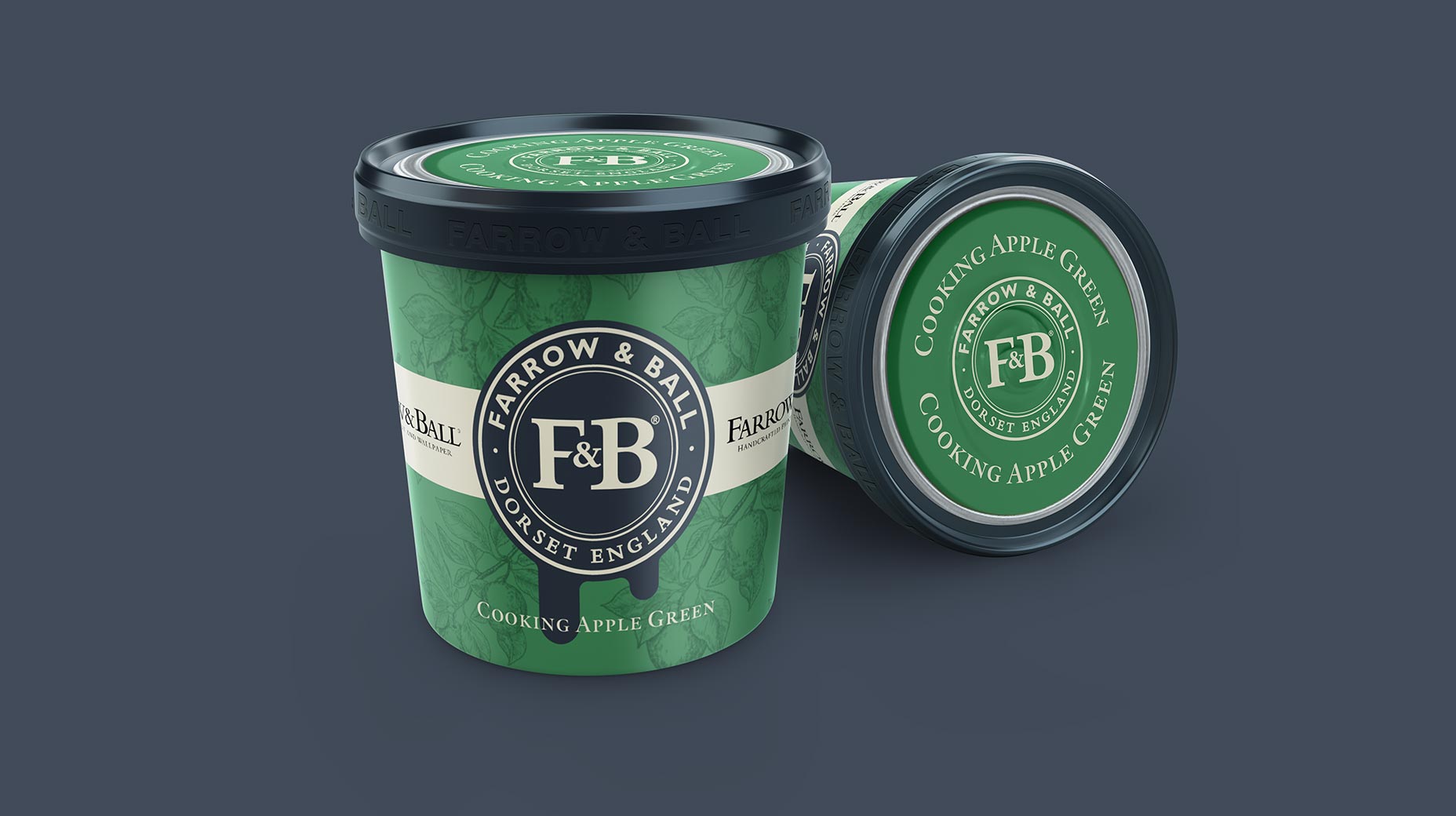
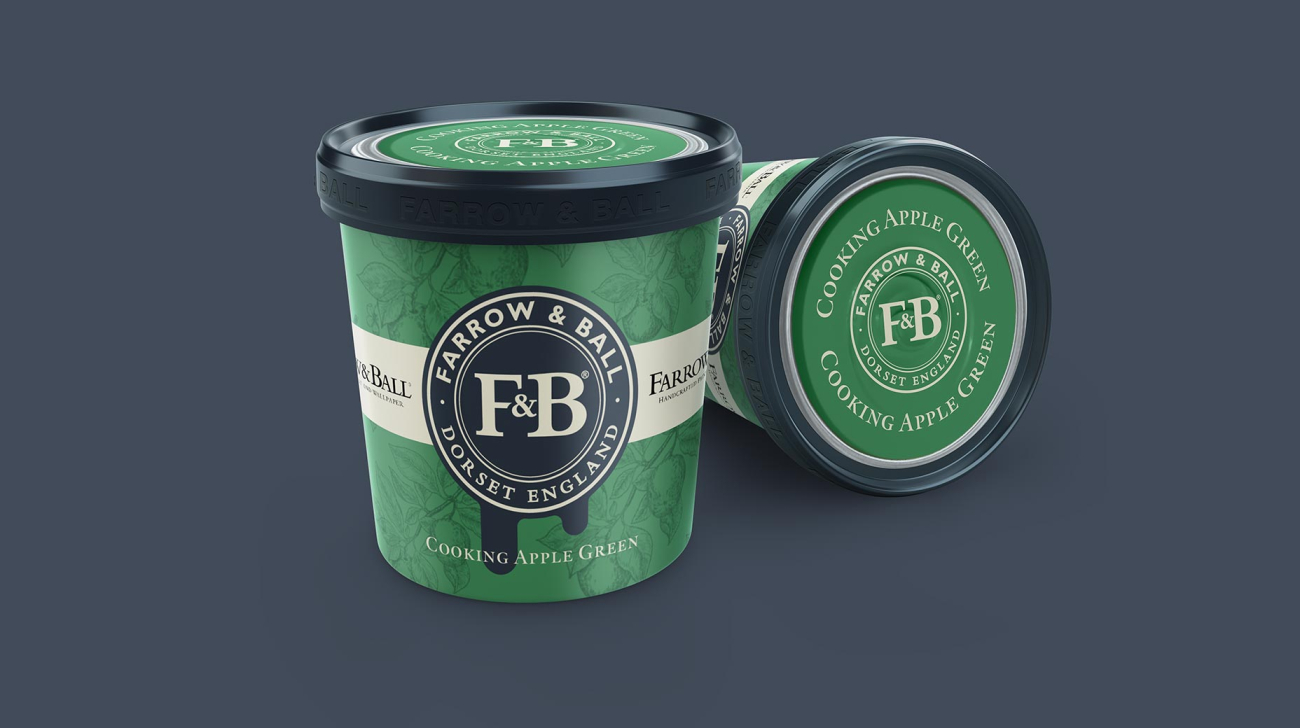
There are so many parallels between the experience of opening a tub of ice cream, and a new pot of paint. We’ve heroed the Farrow & Ball roundel, playfully incorporating drips, as well as leaning into the famous F&B naming conventions.
Farrow & Ball: whipping up the ice cream category
Mintel estimates that the ice cream market in the UK is around £1.7bn, although it is growing slowly. Escalating dairy costs and the introduction of HFSS regulation means that we’re probably going to see a shift towards the high end and innovation in ‘better for you’, less sweet flavours and smaller formats. Traditional brands may struggle to adapt.
A paint brand isn’t the most obvious candidate to stretch into ice cream, but Farrow & Ball makes sense to us: to begin with, it’s a Dorset brand that has always stood for quality and craftsmanship. The brand is also an undeniable mark of good taste and there’s a gap for a ‘proper’ adult ice cream brand that isn’t just churning out the same old stuff (apparently 22% of all ice cream NPD last year was chocolate flavour). Given its flair for evocative product names, we think Farrow & Ball could be a winner in ice cream, particularly if it’s available in sample pots.
